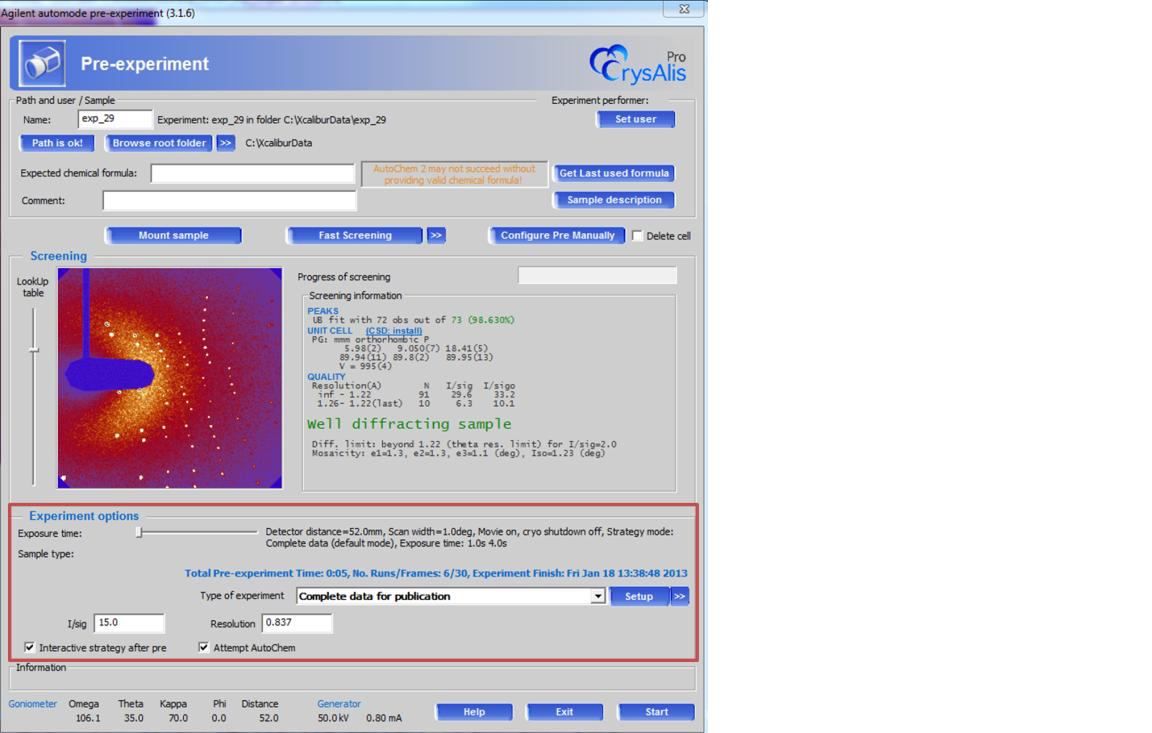
- #Singlecrystal software dm3 file full#
- #Singlecrystal software dm3 file software#
- #Singlecrystal software dm3 file mac#
- #Singlecrystal software dm3 file windows#
#Singlecrystal software dm3 file mac#
Here are a few examples of well-loved Mac features you'll find in the latest SingleCrystal 4:.
#Singlecrystal software dm3 file software#
All our Mac code is developed exclusively in Apple's "Cocoa" environment, resulting in 100% pure native Mac code.Īs a result, our software integrates perfectly with your operating system, delivering the best performance and a joyful user experience. We are registered with Apple as Mac developers and use only official developer tools and application programming interfaces (APIs). We believe Mac users deserve better, and so we do things properly. This begs the question: why go to all the expense of buying a Mac, only to spend your valuable time working as a second-class citizen? Think Different And the internet is littered with abandoned software projects like these. The result is poor performance and a weird, non-standard (and often diabolical) user interface.Īnd as for compatibility? Well, you're trusting that both the software developer and the developer of the emulator is going to stay in business (and/or funding) long enough for you to get some useful work done. They work against the system, not with it relying on translators all the way. These programs use "lowest-common-denominator" designs ("jack-of-all-trades, master-of-none"): you can get some things done, but nothing is done well.
#Singlecrystal software dm3 file windows#
The problem is that many scientific programs that "run" on the Mac aren't really Mac programs at all they are ports of Windows or Linux programs that are emulated on the Mac, using third-party utilities such as Qt, wxWidgets or Java. When it comes to independent Mac software, developers can take advantage of Apple's hard work to create elegant, intuitive and efficient applications - or at least, they can if they do it properly. Why do Mac users love their computers so much? It's partly due to the hardware and software integration: making usability so much easier and more intuitive. Screen overlays - ruler, protractor and grid - provide high-precision measurement of observed diffraction images, including the option of intensity profiles (2D cross sections) using the Ruler overlay. Image colourization - including impressive gradients - can be applied with custom threshold levels to enhance visibility. SingleCrystal 4 features advanced image processing for observed diffraction images. An integrated Reflexions List lets you search for, browse and sort simulated reflexions, filtered by visibility and/or type. Screen tools provide interactive distance and angle measurements for simulated patterns, with haptic feedback (Mac): literally "feel your reflexions".

Expanded popovers are shown for the Rotation Dials (second from top), View Directions (third from top) and Saturation (bottom). The default layout (top) includes view direction and rotation dial popovers, rotation and zoom buttons and a saturation popover. File thumbnails and previews (Mac & Win)Įxamples of different Touch Bar layouts, available for MacBook Pro.
#Singlecrystal software dm3 file full#



 0 kommentar(er)
0 kommentar(er)
